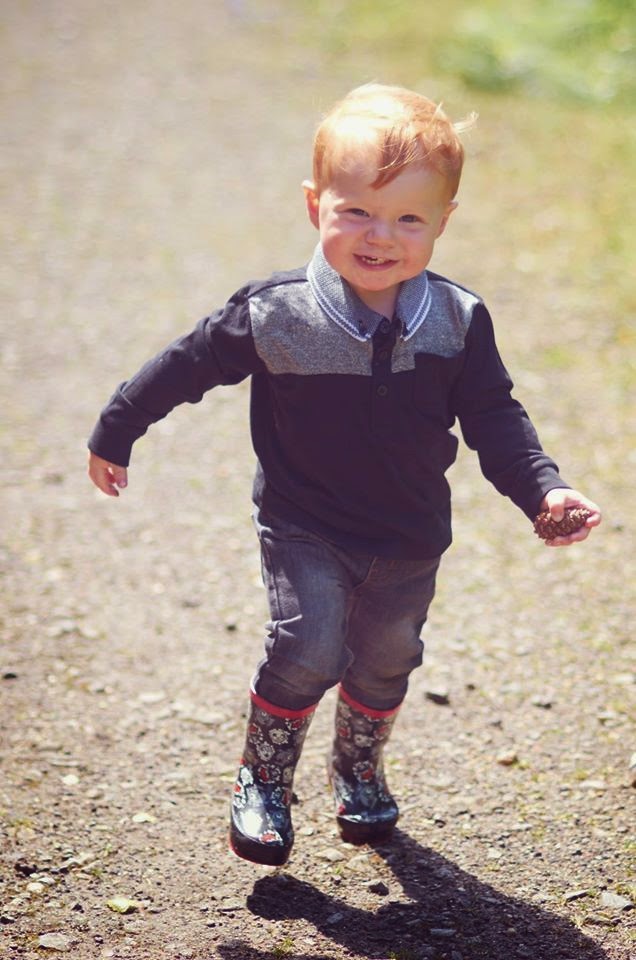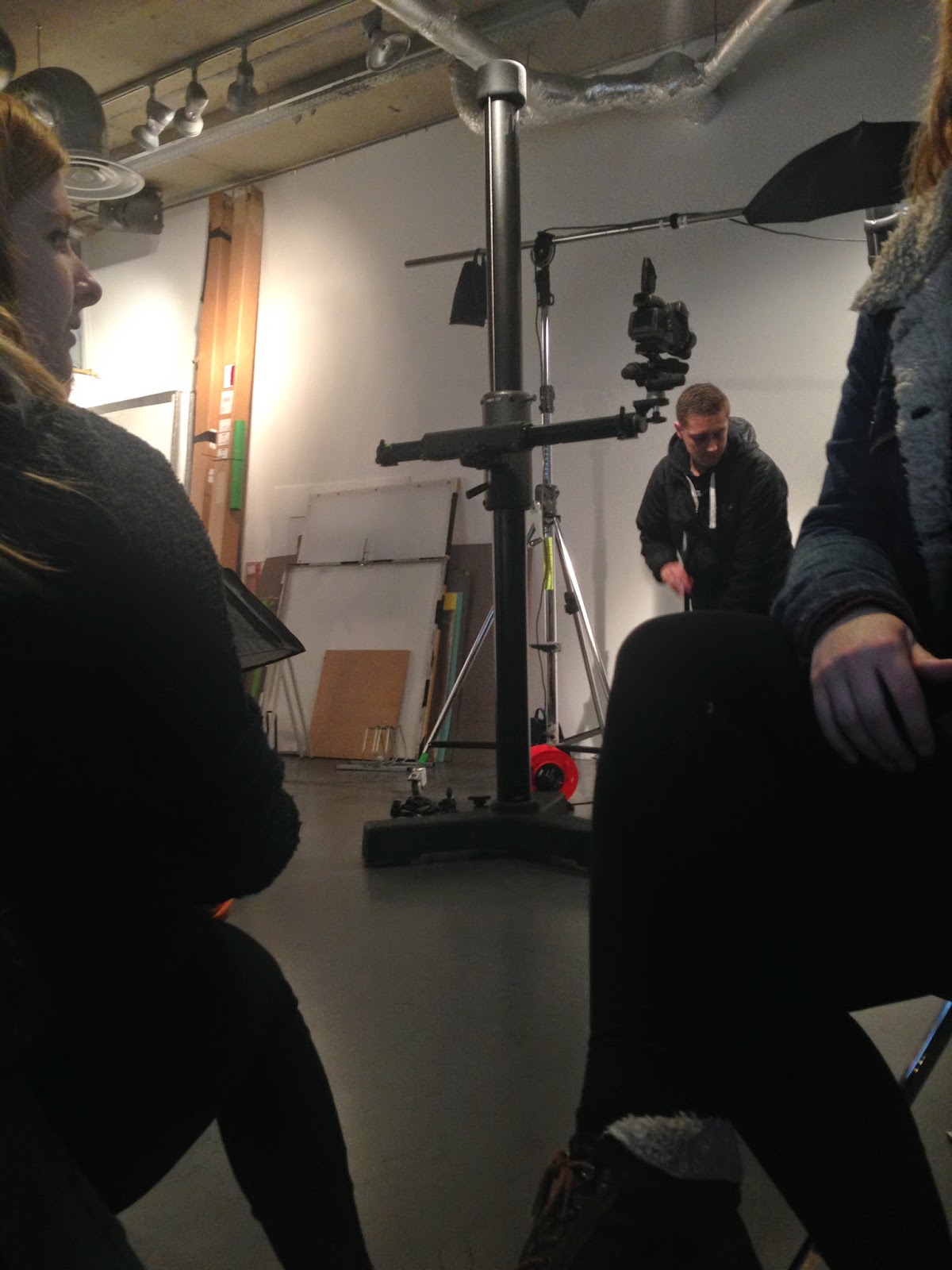Usually a colour is associated with a look or feeling because of a majority of people experience that particular feeling when in contact with an object of that colour.
For example, the human heart is red and pumps blood. This is associated with feelings of love because of the quickening of pulse or the dull ache inside when hurt in love. Therefore the colour red becomes associated with the feeling of love. Pink is lighter shade of red and therefore is also associated with love and both colours are used in the adversing of love based holidays such as Valentines day.
Colour harmony seems to be based on what we know and see in every day lives. This tends to be non man-made and natural things like a pink plant with yellow insides and green leaves.
Image found at : http://www.imageflora.com/images/lupinus-beryl-viscountess-cowdray-salmon-pink-flower-plant-in-spring-60165.jpg
This colour combination is not unpleasing or shocking to the eye, therefor the colours go well together. Colour associations forms without our brains even knowing it.
This raises questions in my mind about how we choose our favourite colours and why. My favourite colour is green and I believe it is largely down to the fact that it is also my mothers favourite colour and growing up, the house was decorated with large amounts of green. I was exposed to the colour alot during childhood and I feel as though this has influenced my decision.

















































